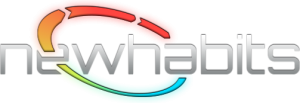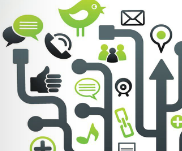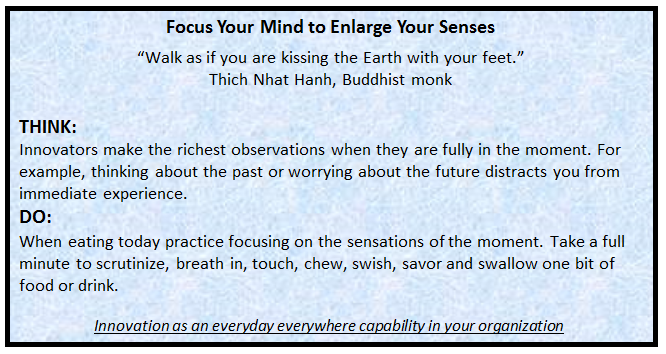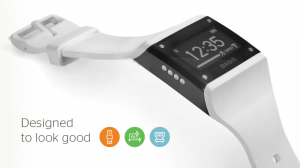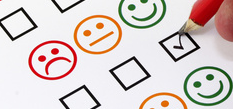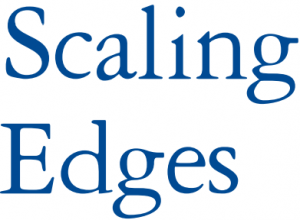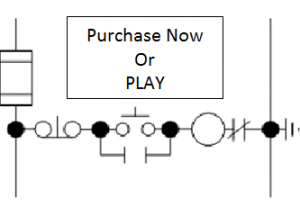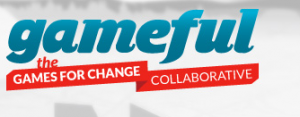Google Glasses a New Experience Platform!
Thursday, April 18th, 2013 Google released the specs for their new augmented reality glasses, called Glass, two days ago. The glasses come with a 5 mega pixel camera, contain 16 gigs of memory, send sound directly to you inner ear via vibration (no head phones or ear buds) and are synced with cloud storage, your phone and the web.
Google released the specs for their new augmented reality glasses, called Glass, two days ago. The glasses come with a 5 mega pixel camera, contain 16 gigs of memory, send sound directly to you inner ear via vibration (no head phones or ear buds) and are synced with cloud storage, your phone and the web.
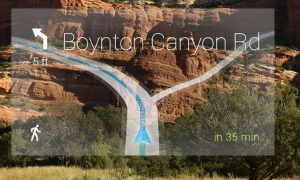 You speak to the glasses to take pictures, record video and send text messages. Even better you get information from the web that is projected into the transparent rectangle (mini-screen?) on the glasses about location, directions, flight times and facts (e.g. how long is the golden gate bridge). You can even do language translations. To see them in action from Google’s perspective check out How it Feels and from the users perspective these customer videos.
You speak to the glasses to take pictures, record video and send text messages. Even better you get information from the web that is projected into the transparent rectangle (mini-screen?) on the glasses about location, directions, flight times and facts (e.g. how long is the golden gate bridge). You can even do language translations. To see them in action from Google’s perspective check out How it Feels and from the users perspective these customer videos.
They appear to be very tough and come in a variety of colors including tangerine, charcoal, shale, cotton and sky. You can’t get a pair yet. They did an early release to 7000 explorers that paid $1500 each. They are slated to be in wide release later this year.
Google ventures has teamed up with several other venture capitalists to form the glass collective. The goal is to provide funding and accelerate the development of ”new experiences” based on the glass platform. A major opportunity for ambitious cognitive designers.
Source of images: Glass
